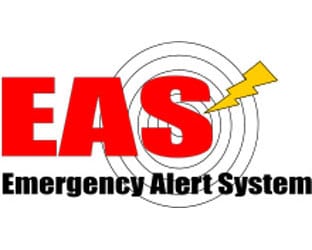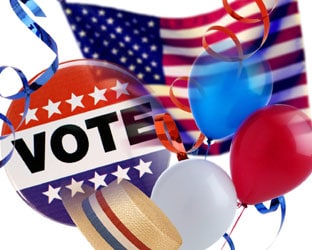For weeks, the Federal Emergency Management Agency (FEMA), in participation with the FCC, promoted the October 4 nationwide test of the Emergency Alert System and the Wireless Emergency Alerts.
For those with a smartphone, the 2:20pm Eastern test indeed ensured that the system continues to be successful as a way to get emergency information to the public. How Radio and TV each fared is perhaps an emergency in and of itself, CTA research finds.
In short, broadcasters may be muttering amongst themselves, “What we have here is … a failure to communicate.”
Some 95%, or 245 million, U.S. adults received/heard the October 4 emergency alert via
their phone. Specifically, 92% of U.S. Adults — 237 million individuals — indicated they received the alert through their smartphone.
By comparison, 15% of U.S. adults, or 39 million individuals, received/heard the alert through their television, whether it was delivered via cable TV, live streaming or through over-the-air broadcast transmission.
How did Radio do, in an environment where keeping AM radio in vehicles is the biggest goal of the NAB in 2023, rallying broadcasters and key Members of Congress in getting auto companies to retain kHz band access in the name of public safety?
According to Consumer Technology Association research, just 6% of U.S. adults reported they received/heard the alert via Radio. Specifically, 5% heard the alert on FM radio. Only 1% — or 3 million consumers — reported hearing on AM radio.
That said, the CTA has a clear objective, given its role as a voice of technology — demonstrate the power of digital.
And, while 1% sounds tiny, it nevertheless represents some 3 million Americans who would be impacted if AM radio was not present; cities including Boston and Cincinnati would be particularly impacted.
The CTA survey was based on a poll of 800 consumers aged 18 and over, and was conducted between October 4-6, 2023.





Some of this data may be skewed in favor of the “always on” smartphone, Alexa and others. Reality states that in an emergency situation (wild fire, infrastructure failure) much of the technology using public utilities would be rendered useless. Maui anyone? Affordable care website anyone? Taylor Swift concert tickets anyone? Many articles exist extolling the virtues of a “backup” plan. Smart digital technology is great-when it works. The infrastructure needed to keep it going in the event of a dire emergency may not be able to survive when needed.
Comments are closed.